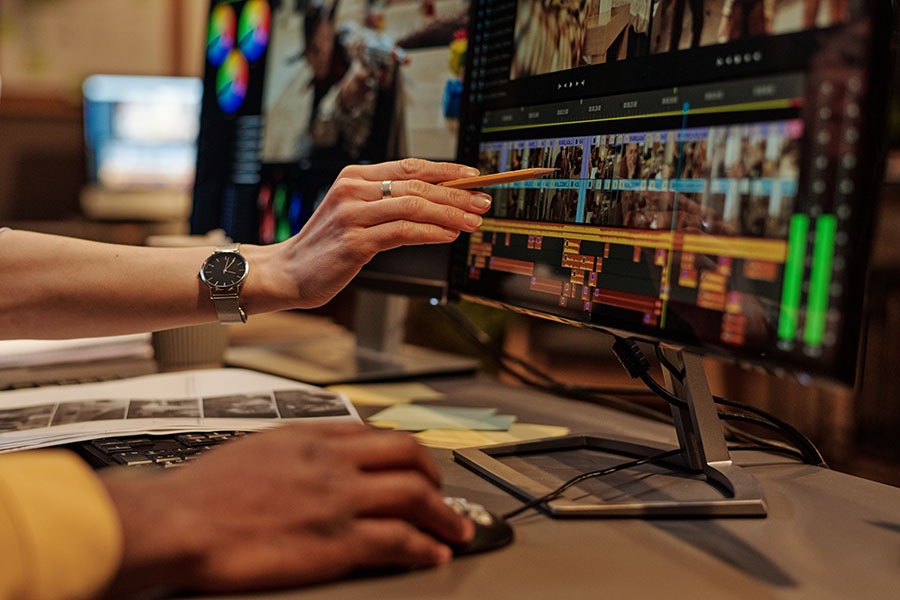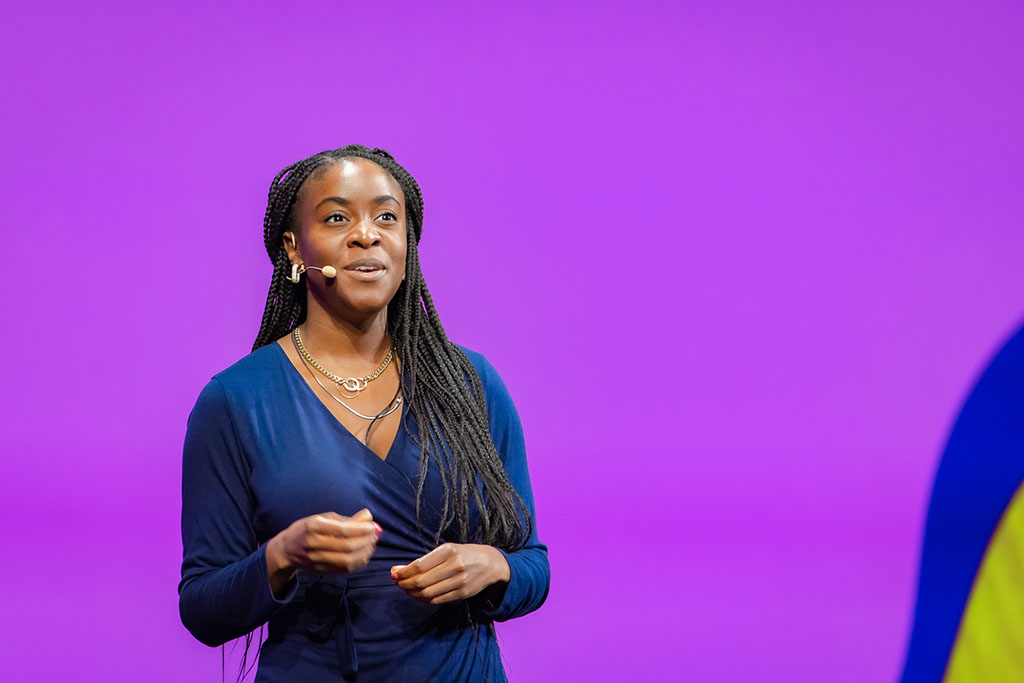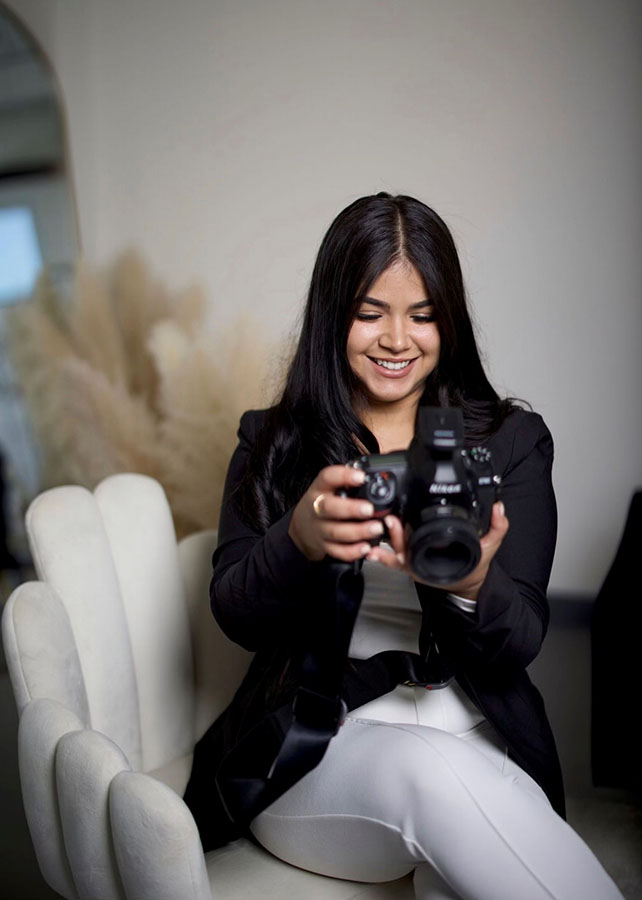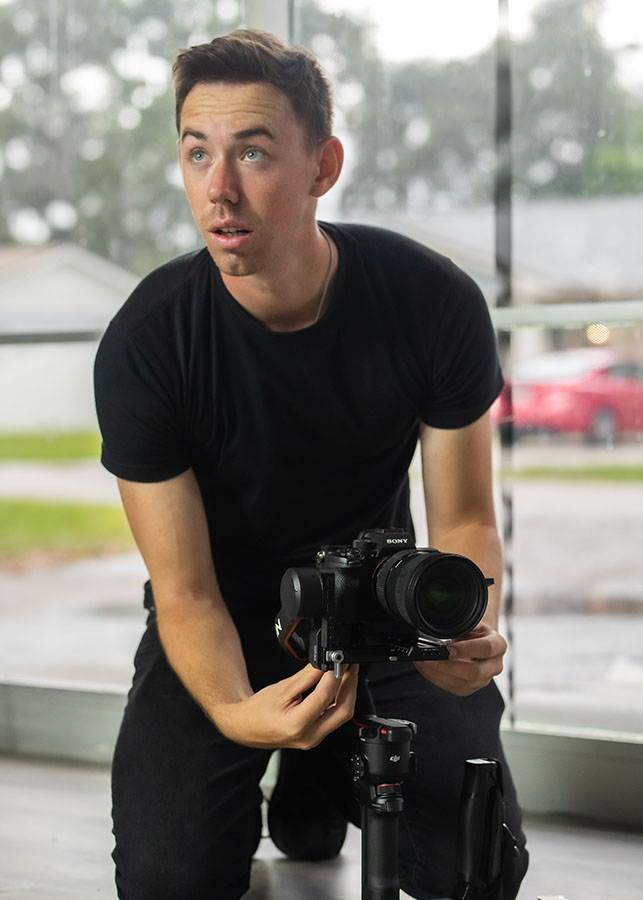Make stories come alive with incredible Motion graphics for film and television to captivate your audiences and share your message.
Motion graphics are a powerful tool in film and television, making stories come alive in ways that captivate audiences. These graphic designs use animation to create movement, adding a dynamic element to the visual experience. For us, understanding motion graphics means recognizing their role in transforming simple visuals into stunning pieces of art that enhance storytelling.
From opening credits to special effects, motion graphics play a crucial role in setting the tone and mood of a production. They grab our attention, explain complex ideas, and make visual information easier to understand. Without motion graphics for films and television, many visual narratives would feel flat and less engaging. They breathe life into static images, making them more appealing and memorable.
As we dive deeper into the world of motion graphics, we’ll see how essential they are in creating seamless and immersive experiences for viewers. Through innovation and creativity, motion graphics continue to push the boundaries of what’s possible on screen, paving the way for a new era of visual storytelling. Understanding their impact and how they are made can give us a greater appreciation for the work that goes into our favorite films and TV shows.
The Role of Motion Graphics in Film and Television
Motion graphics play a critical role in enhancing the visual appeal of films and television shows. By combining animation, text, and other visual elements, motion graphics help tell stories in a more engaging and dynamic way. They draw our attention right from the start with striking opening titles and credits. Without these animated elements, introductions might seem dull and less exciting.
Motion graphics for films and television are essential for explaining complex ideas quickly and effectively. They can turn dense information into visual narratives that are easy to understand. For example, in a documentary, motion graphics might illustrate statistics or timelines, making the content more accessible. In movies, they can be used for special effects, from creating magical spells to futuristic interfaces in sci-fi films.
In television, motion graphics help with branding through eye-catching promos and trailers. They also keep viewers interested during transitions, like the shift from one scene to another or during commercial breaks. Overall, motion graphics enhance our viewing experience by making content visually appealing and easier to understand.
Key Elements of Effective Motion Graphics
Creating effective motion graphics involves several key elements that deliver a message. The first element is clarity. The graphics should be easy to read and understand. Clear fonts, simple designs, and straightforward animations help convey information without overwhelming us. Using the right color scheme is also important. Colors can evoke emotions and set the mood, so they must align with the overall theme of the film or show.
Another essential element is timing. Good motion graphics have smooth, well-timed animations that capture attention and retain interest. The movement should match the pace of the story and complement other visual and audio elements. If the animations are too fast, they can be confusing; if they are too slow, they might become boring.
Sound design also plays a pivotal role. Adding sound effects or background music can make motion graphics more immersive and engaging. The right sound enhances the impact of the visuals, making the message more memorable. Lastly, storytelling is crucial. Effective motion graphics tell a story, guiding us from one point to another seamlessly. They have a clear beginning, middle, and end, tying the visual elements together to create a cohesive narrative.
The Process of Creating Motion Graphics for Films & Television
Creating motion graphics involves several steps, each crucial to the final product. The first step is brainstorming and concept development. We start by identifying the purpose of the motion graphics and how they will fit into the film or TV show. This is the stage where we come up with ideas and create a storyboard that outlines the sequence of visuals and animations.
Next is the design phase. Here, graphic designers create the visual elements, which may include text, illustrations, and other graphics. These designs are typically created using software like Adobe Illustrator or Photoshop. The goal is to create visually appealing elements that align with the overall theme of the project.
The third step is animation. This is where the static designs come to life. Using animation software such as Adobe After Effects or Cinema 4D, animators give motion to the graphics. This process includes adding transitions and effects and timing the animations to match the pace of the film or show. Sound design may be added during this stage to enhance the motion graphics further.
The post-production phase involves fine-tuning the animations and making any necessary adjustments. This includes color correction, adding final visual effects, and ensuring that everything runs smoothly. After the revisions, the motion graphics are ready to be integrated into the film or TV show, providing that extra layer of visual engagement.
Future Trends in Motion Graphics for Screen Productions
The world of motion graphics for films and television is constantly evolving, and staying updated with the latest trends can keep our work fresh and exciting. One emerging trend is the use of 3D animation. With advancements in technology, 3D motion graphics are becoming more realistic and accessible, offering a more immersive experience for viewers. 3D elements bring depth and complexity to visuals, making them more engaging.
Interactive motion graphics are also gaining popularity. These allow viewers to interact with the graphics, creating a more personalized experience. This trend is particularly useful in television, where shows or advertisements can include interactive elements to engage audiences in real time.
Augmented reality (AR) and virtual reality (VR) are set to revolutionize motion graphics. AR and VR technologies enable us to create fully immersive environments where motion graphics can play a significant role. These innovations can take storytelling to a whole new level, offering endless possibilities for creative expression.
Another trend is the rise of minimalist design. Simplified, clean motion graphics can capture viewers’ attention without overwhelming them. This trend focuses on using fewer elements but making each one impactful. It aligns with current design philosophies that prioritize clarity and simplicity.
Conclusion
Motion graphics significantly enhance the quality of film and television productions. From making complex ideas easier to understand to creating dynamic and engaging visuals, they are indispensable in modern storytelling. By understanding the key elements and staying updated with the latest trends, we can make the most of motion graphics in our video projects.
At MAGNAFOTO, we continuously push the boundaries of what’s possible in motion graphics for films and television to bring your stories to life. As a premier photography company in Orlando, we are ready to elevate your next film or TV project with cutting-edge motion graphics. Contact us today to see how we can help make your vision a reality!












